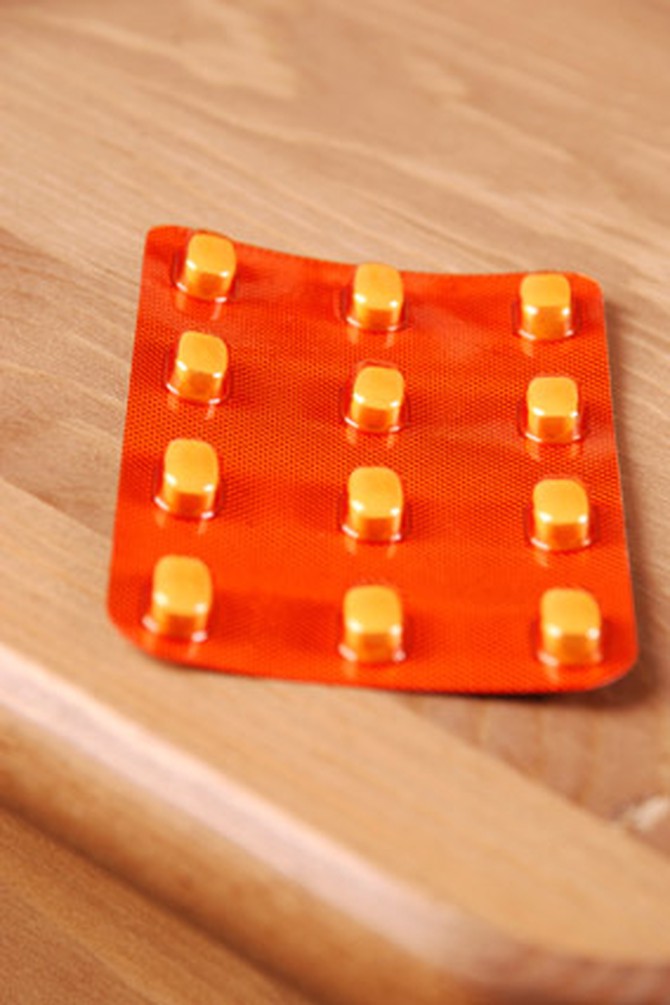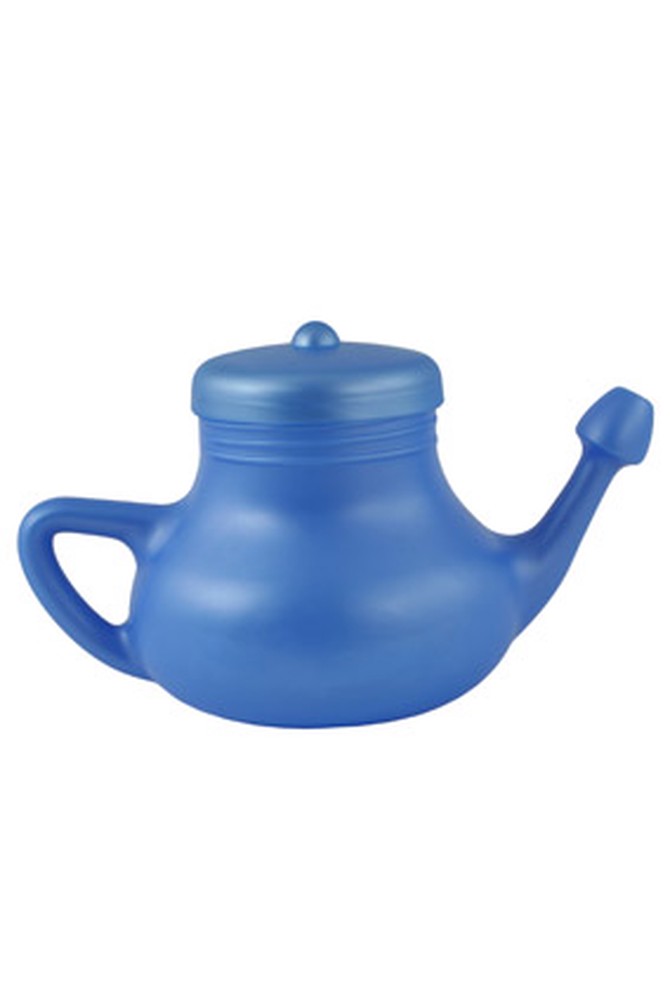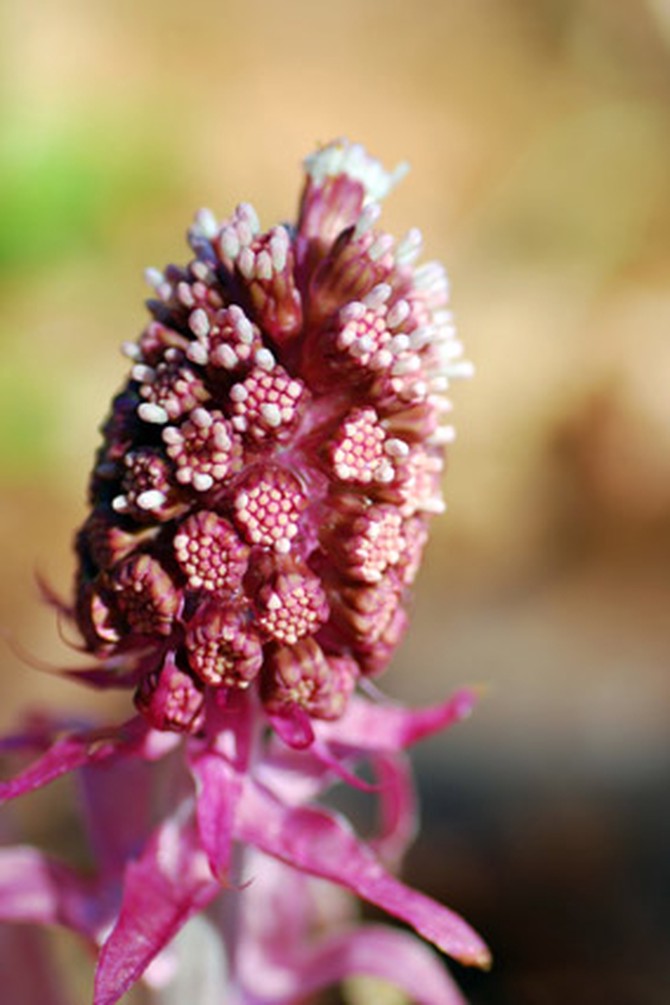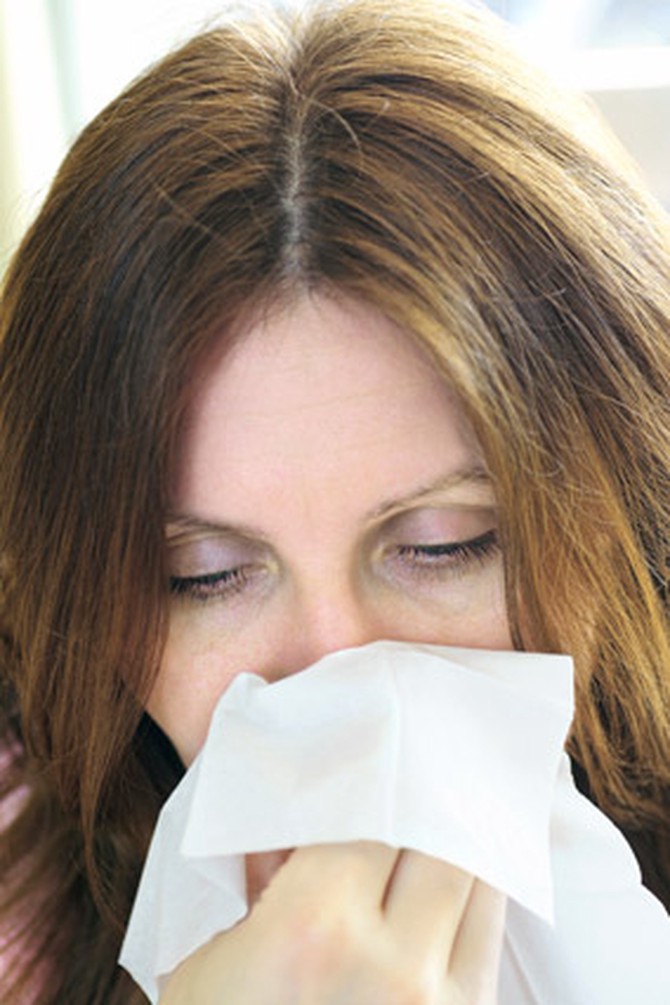6 Reasons You're Still Suffering from Allergies
You're used to battling a runny nose, itchy eyes and a cavalcade of sneezes—and losing. Here's why your allergies are beating you.
By Corrie Pikul

Photo: Thinkstock
You're mistreating yourself.
Four out of five allergy sufferers never visit a doctor, and few people know what to take and when. If you're sneezing and have red, itchy eyes and a drippy nose, choose an antihistamine, says Sakina Bajowala, a board-certified allergist and immunologist with a private practice in North Aurora, Illinois. Antihistamines block the actions of symptom-triggering histamines throughout the body. They'll kick in within a few hours, but for optimal relief, start taking them before symptoms hit (Bajowala adds that many antihistamines—even "nondrowsy" versions—can make people sleepy and recommends taking a 24-hour-action pill at bedtime). If your main problem is a stuffed-up head, Bajowala suggests an oral decongestant, which temporarily decreases the swelling of the nasal tissues. You can wait until after your head feels full of cotton—but avoid taking at night, because decongestants tend to make people jittery, Bajowala says. (They also have a tendency to raise blood pressure, so use caution if you have heart issues.)

Photo: Thinkstock
You've developed "rebound congestion."
An OTC nasal decongestant spray can help in a pinch, but you should never rely on one for more than three days in a row, says Bajowala, who is also a fellow of the American Academy of Allergy, Asthma & Immunology (AAAAI). She explains that after repeated use, nasal tissues become accustomed to the decongestant and begin to overcompensate. This causes you to feel even more stuffy than before, and you'll need increasingly higher doses of nasal spray to get relief. If you're already hooked, make an appointment with a doctor who can recommend an anti-inflammatory prescription spray. They build up in the tissues over weeks of use, so they don't provide immediate relief, but they're much safer and more effective in the long run.

Photo: Thinkstock
You've been letting in the sunshine—along with less delightful things.
It's spring—time to air out the house to help you breathe easier...except this can make the pollen levels inside the house as bad as they are outside, Bajowala says. Raise the shades but keep the windows closed when the pollen count is high (check local levels at the National Allergy Bureau web site ). Instead, get rid of dust and other allergens with central air-conditioning or an air filter (clean or change filters once per season to keep them working properly).

Photo: Thinkstock
You're making a mess with your neti pot.
For all-natural relief, doctors including Dr. Oz often recommend "nasal irrigation." You can do this with a neti pot, which looks like a tiny teakettle that allows you to pour salt water into one nostril so that it exits out of the other. It may take practice to get the hang of it: First, use distilled water with plenty of salt (try this recipe from AAAAI—baking soda prevents the solution from burning). Neti pots depend on gravity to pull the water through your nose, so when irrigating the right nostril, tilt your head so that your left ear is parallel to the ground; do the opposite for the left nostril. (You can also use a bottle like the NeilMed Sinus Rinse. Same principle but less chance of mistakes, Bajowala says.) Don't bother with a neti pot if you're so congested that you can't breathe through your nose, because, Bajowala says, the water will either flow back out the same nostril or end up in your Eustachian tube (she often gets calls from annoyed-sounding neti potters complaining that their ears are full of water).

Photo: Thinkstock
You're having a bad reaction—or none at all—to your natural remedy.
There's some scientific evidence that butterbur, a plant that sounds like it was made up by J.K. Rowling but is often found near real-world marshes and streams, can act like a natural antihistamine. Although some of Bajowala's patients believe that taking butterbur extract orally helps their symptoms, she says that more research is necessary before she'll prescribe it. She adds that many people don't realize that butterbur is part of the ragweed family, which may trigger another allergy. She also strongly advises looking for butterbur products labeled "PA-free," which means they no longer contains naturally occurring pyrrolizidine alkaloids (PAs) that could be toxic to the liver. There's another popular theory that honey containing pollen from local plants will help you build tolerance to those allergens. While raw honey is safe (and sweet) for adults, Bajowala says there are no reliable studies that prove it will help your symptoms.

Photo: Thinkstock
You're getting older.
Allergies can come on out of nowhere in adulthood, but despite what you may have heard (or hoped), they don't last in cycles of seven years. So if you have them now, you're probably stuck with them. What's more, with each subsequent season, you develop more exposure to pollen, and that increases your sensitivity to its misery-making effects. People tend to think that their medications have stopped working, Bajowala says, but the real problem is that their allergies have gotten worse. Scientists suspect this will worsen as higher temperatures and longer growing seasons produce more plants, resulting in higher pollen counts (some parts of the country are already at record levels—and have been since March!). If you're desperate for relief, you may need to talk to a doctor about a stronger treatment plan, like scheduling regular allergy shots.
Keep Reading
Dr. Oz has more advice on how to fight your allergies
Keep Reading
Dr. Oz has more advice on how to fight your allergies
Published 03/30/2012
As a reminder, always consult your doctor for medical advice and treatment before starting any program.

